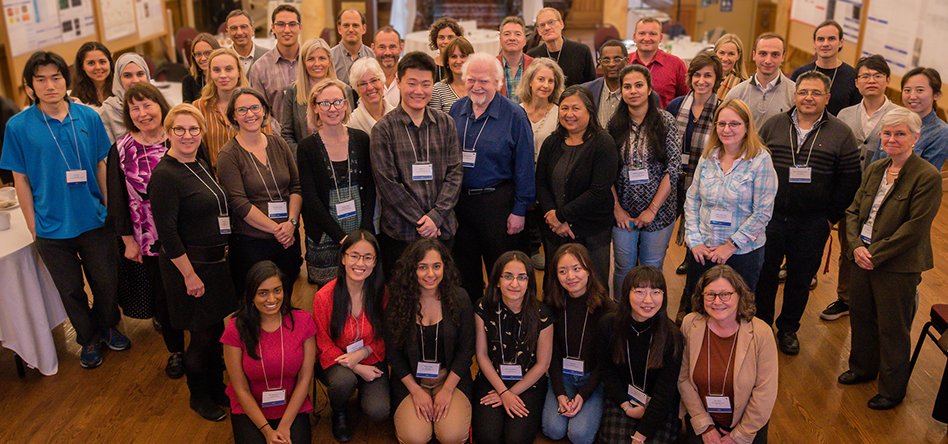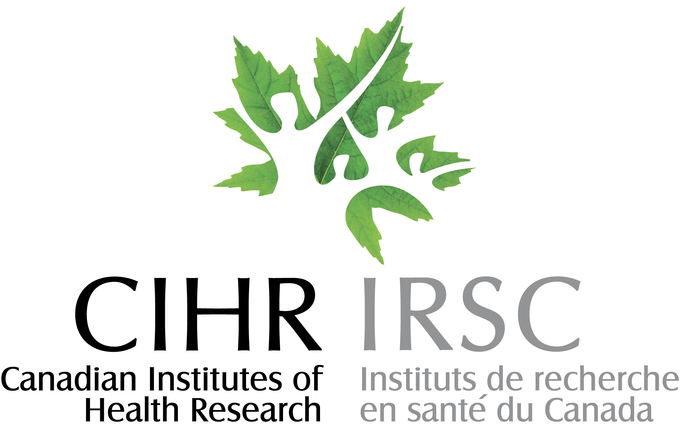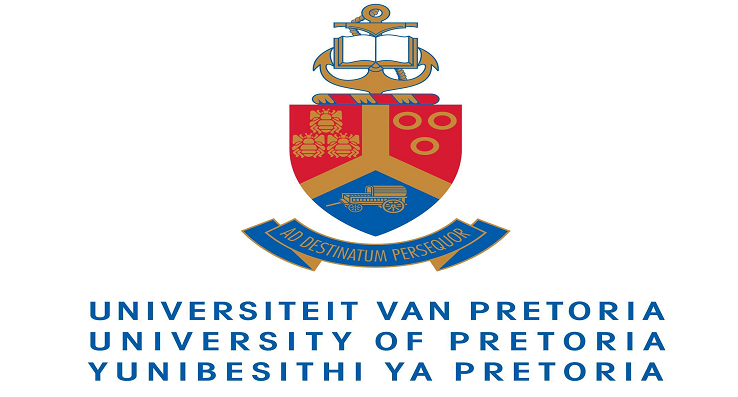
ENDOCRINE-DISRUPTING CHEMICALS:
Towards Responsible Replacements
As part of our everyday lives we are exposed to a wide variety of chemicals derived from consumer products, such as foam, electronic equipment and plastics, that enter our food and drinking water. Most of these chemicals are present at very low concentrations. However, even low doses of substances that disrupt the body’s own hormones, known as endocrine-disrupting compounds (EDCs), can exert important biological effects during critical windows of susceptibility.
In the past decade governments across the world have regulated the production, uses and importation of specific flame retardants, plasticizers, and food packaging materials that have been shown to act as endocrine disruptors. The consequence is that alternative chemicals are needed to fill market “gaps”. However, there is often little information on the degree to which we are exposed to these replacements or on their health impacts.
Our research will focus first on determining the extent to which our food, drinking water and breast milk contain the chemicals that have emerged as replacements for polybrominated diphenyl ether flame retardants, phthalates and bisphenol A. We will then determine if these new alternatives are safer than the substances that they have replaced. We will investigate the effectiveness of various food preparation procedures and water purification strategies to decrease exposure and thus prevent possible adverse health effects associated with alternatives that are deemed to be hazardous. Finally, we will analyze international regulations and regulatory processes related to the assessment of alternatives, with a focus on Canada, US, Europe and South Africa.Our goal is to transform the knowledge that is acquired during this team grant into international policy objectives and legal standards.



